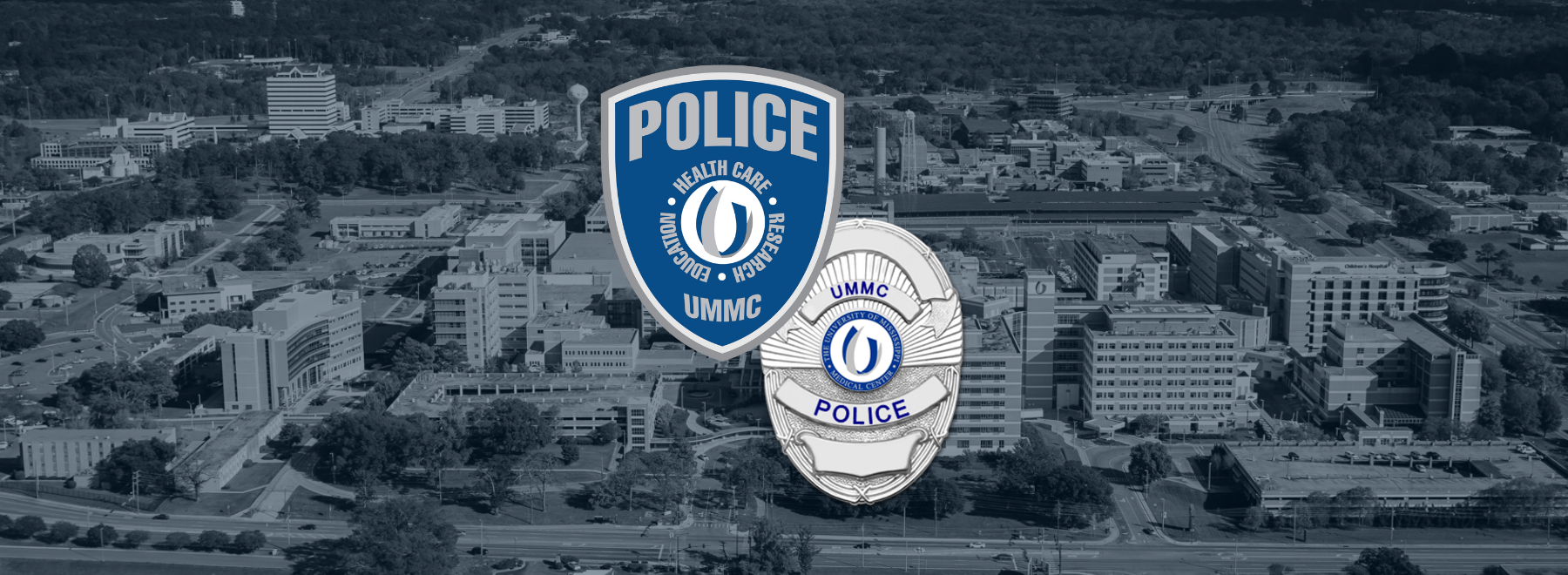
About
Main Content
Annual Security Report
This report includes the previous three (3) years of Clery Reportable crimes on the University of Mississippi Medical Center (UMMC) campuses. This report also includes institutional policies concerning campus security, such as alcohol and drug use, crime prevention, crime reporting, sexual assault, and other matters.
Download or view a PDF version of this report.
To request a printed copy of this year’s report or a PDF or printed version of a previous year’s report, please contact nkehoe@umc.edu or call (601) 984-1765.


